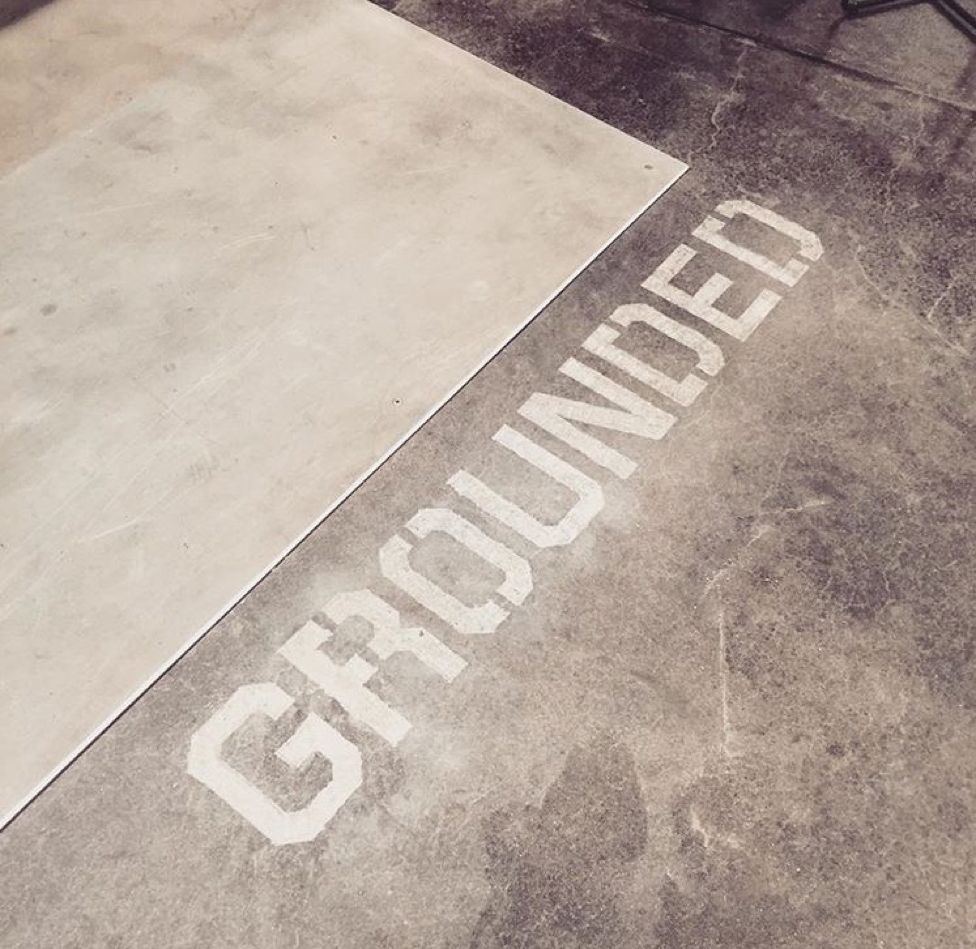The words donuts, Bulletproof and love don’t usually appear in the same sentence, but they describe how one couple transformed their lives.
Jonathan Brnak works as the Assistant Store Manager at the Bulletproof Cafe in Santa Monica. But a few years back, he was a sugar junkie, scrounging for change on the floor of his car to get his fast food fix. He fell into a cycle of binging and then crashing hard as his energy dropped to zero.
With his weight going up and his health on the decline, his doctor recommended the Bulletproof Diet.
“I had cravings for junk food all day and it didn’t help that I lived by a donut shop,” says Jonathan. “Every time I drove by I had to stop. My personal favorite was the cinnamon roll or a sprinkle. Of course, I was always looking for loose change under my car seat to buy another dozen donut holes. Next thing I knew my energy was crashing which affected all aspects of my life. I wasn’t able to see the possibility life had to offer. I was stuck in survival mode … It became apparent how low my performance was and how I was showing up to my friends, family and the rest of the world. So I gave the diet a try.”
Jonathon and his girlfriend Hideko started following the Bulletproof Roadmap and collectively lost more than 100 pounds. “I lost 50 pounds in two months and Hideko lost 66 pounds in four months with no exercise. But the most important aspect of this journey was our deeper connection with each other.”
Not only were Jonathon and Hideko shedding pounds and looking good, they also felt better, which had a direct impact on how they lived their lives and how close they felt to each other.
This is how Jonathon tells it:
“Before Bulletproof I didn’t have the energy or stamina to get through those difficult conversations with Hideko. I just wanted to sit down, put on Netflix and disconnect. Now I have the physical energy and mental power to work through difficult situations and grow.
After going Bulletproof everything became easier. I wasn’t struggling physically. Now I could spend more time in the ocean freediving and pushing myself harder than before. Hiking with Hideko in the Eastern Sierra Nevada, we found new beauty because we weren’t stuck in our heads wondering how much further we had to hike to make it over the pass.”
At the 2016 Bulletproof conference in September, Jonathon surprised Hideko by proposing to her onstage in front of 900 of conference goers. Their story and the proposal drew a standing ovation.
Find out how she answered by checking out the video below.
But be forewarned. If you watch, you might be inspired to lose weight, gain energy and maybe even live happily ever after. 😉
Has Bulletproof changed your life? Consider telling us your story here and join the hundreds of thousands of people that the Bulletproof Diet and lifestyle has touched. Thanks for reading and stay Bulletproof!




